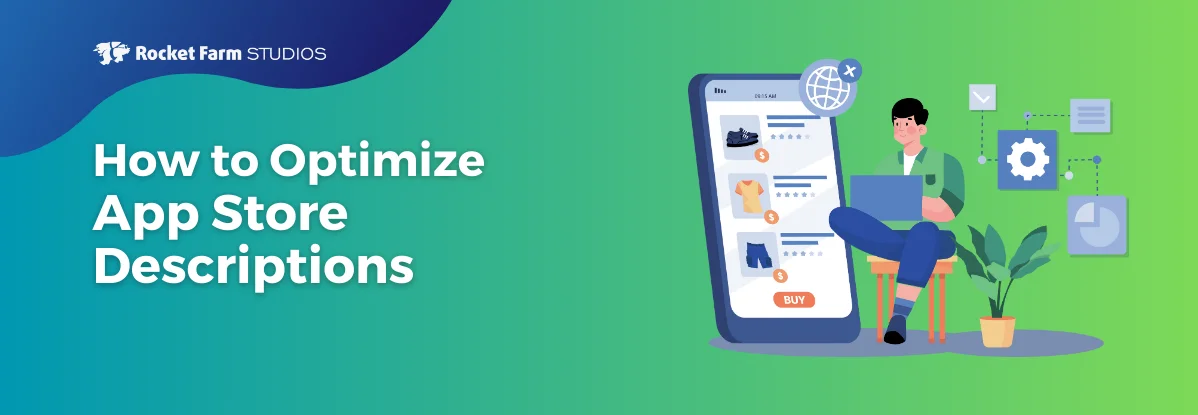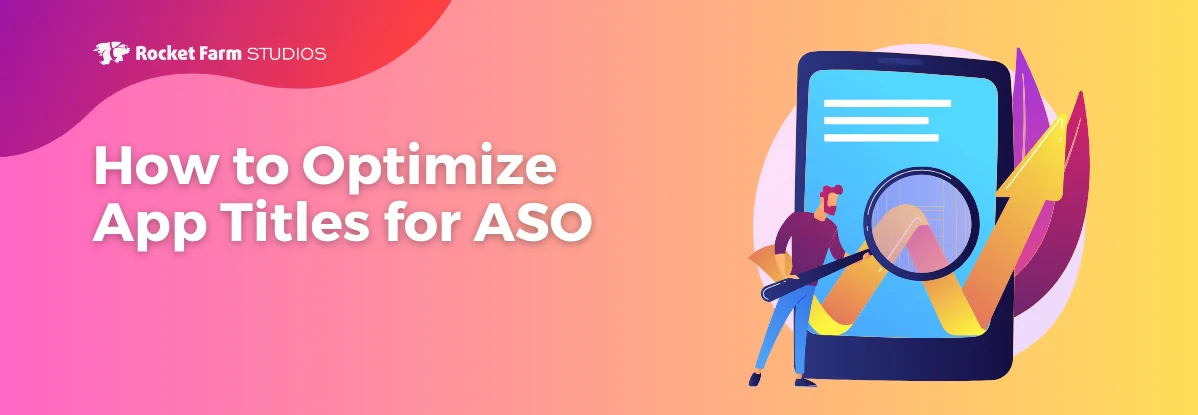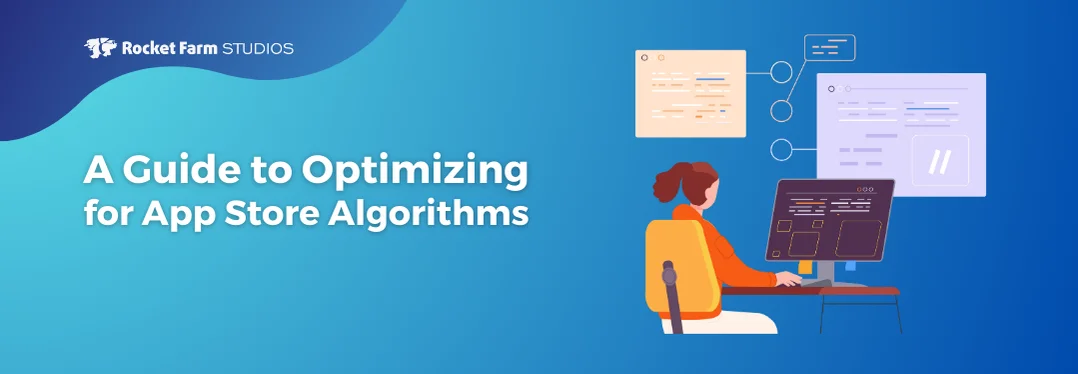Before we talk about Lollipop, let’s talk about another new Android release. I am referring to this ad:
It’s a great ad. It conveys an open, inclusive, creative, energetic feeling – a very human feeling – that has so often been more associated with Android’s archrival. And this commercial, which first aired in mid-October, perfectly set the stage for this month’s release of the new Lollipop version of the operating system, a release that Android has used to declare itself every bit Apple’s equal when it comes to design as well as technology.
At the heart of Lollipop is Material Design, a framework – nay, an entire philosophy – for designing for Android. Essentially, Material Design calls for elements that look and function on the screen like pieces of paper in the real world; the design team even worked with actual paper shapes as they devised the system, according to TechCrunch. The resulting look is all flat, bold shapes, bright colors, and lots of shadows and layering. It is minimalist, striking, and sometimes beautiful.
But will it catch on?
While Apple has a strict review process and a system that tightly controls what makes it onto iPhones, Android has proudly adhered to a more heterogeneous approach, letting device makers and app developers do what they will with the platform. So it’s not enough to release Material Design; now Google has to convince folks to use it.
Some major names – including the Wall Street Journal and Buzzfeed – are already on board, according to an official Android blog post. Google threw a design-focused conference in concert with the release of Lollipop, and if Twitter is any indication, made some headway in convincing creative types of its design cred.
Beautiful execution by @GoogleDesign‘s first design conference. #FORMSF14 pic.twitter.com/CHR8EW79E5
— Chloe Park (@chloepark) November 4, 2014
5 years ago, I would never have predicted I’d be sitting in Fort Mason attending a good design conference thrown by Google. #FORMSF14 — Sebastiaan de With (@sdw) November 4, 2014
Still, convincing a broad, independent, and variable swatch of people to adopt a new design language – especially with no enforcement mechanisms in place – is bound to be a challenge. Furthermore, Android users traditionally start using new versions of operating systems at a much slower rate than iPhone users; if Lollipop adoption lags, might developers have less incentive to adhere to the principles of Material Design? As Kyle Vanhemert said at Wired.com:
Coming up with a single design language for all of Google’s products is an ambitious undertaking. Getting everyone else to follow its intricate rules borders on audacious, and one of Google’s challenges in months to come will be articulating its sweeping vision to designers outside the company.













